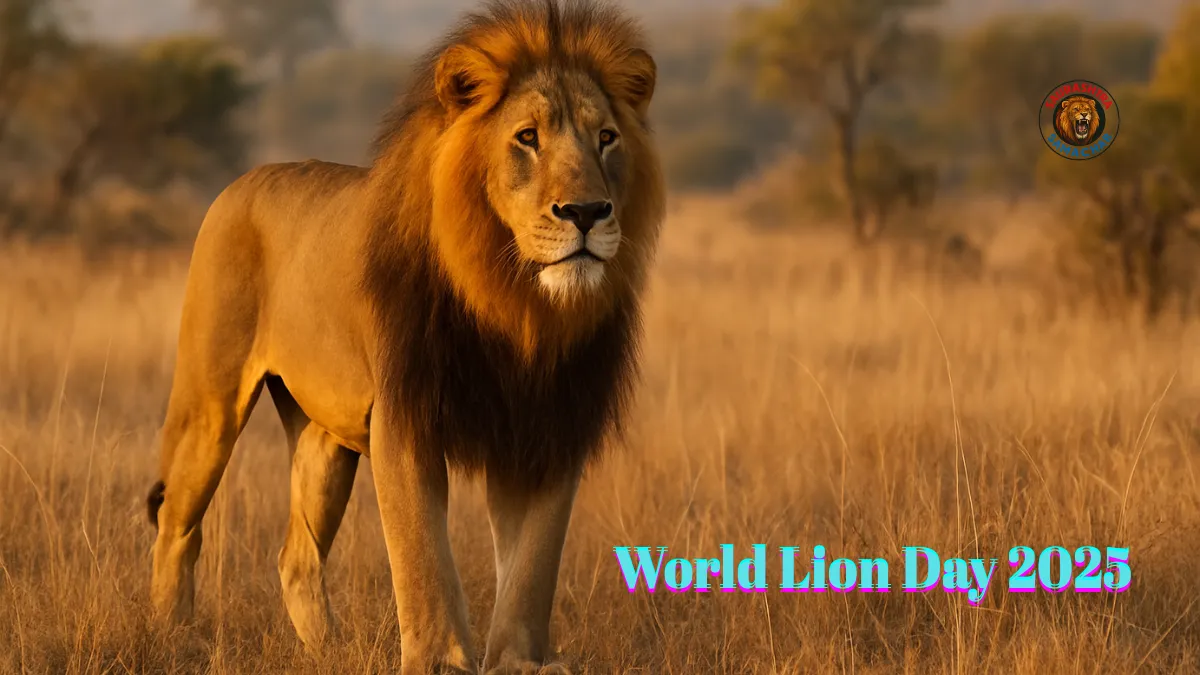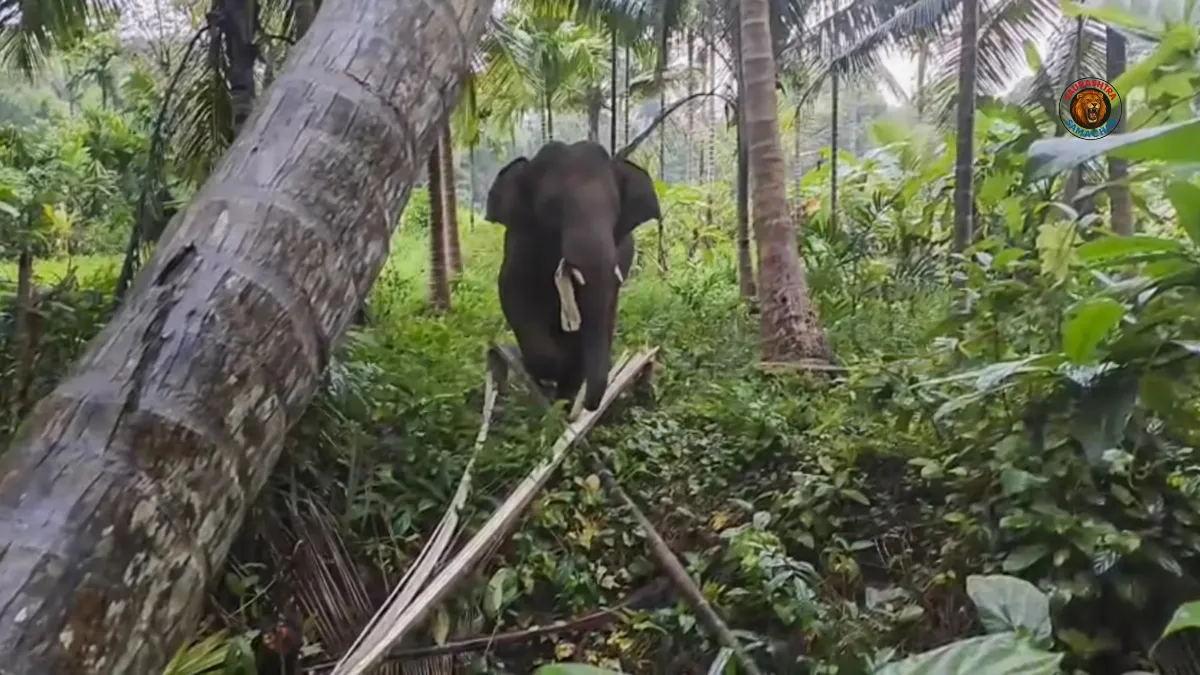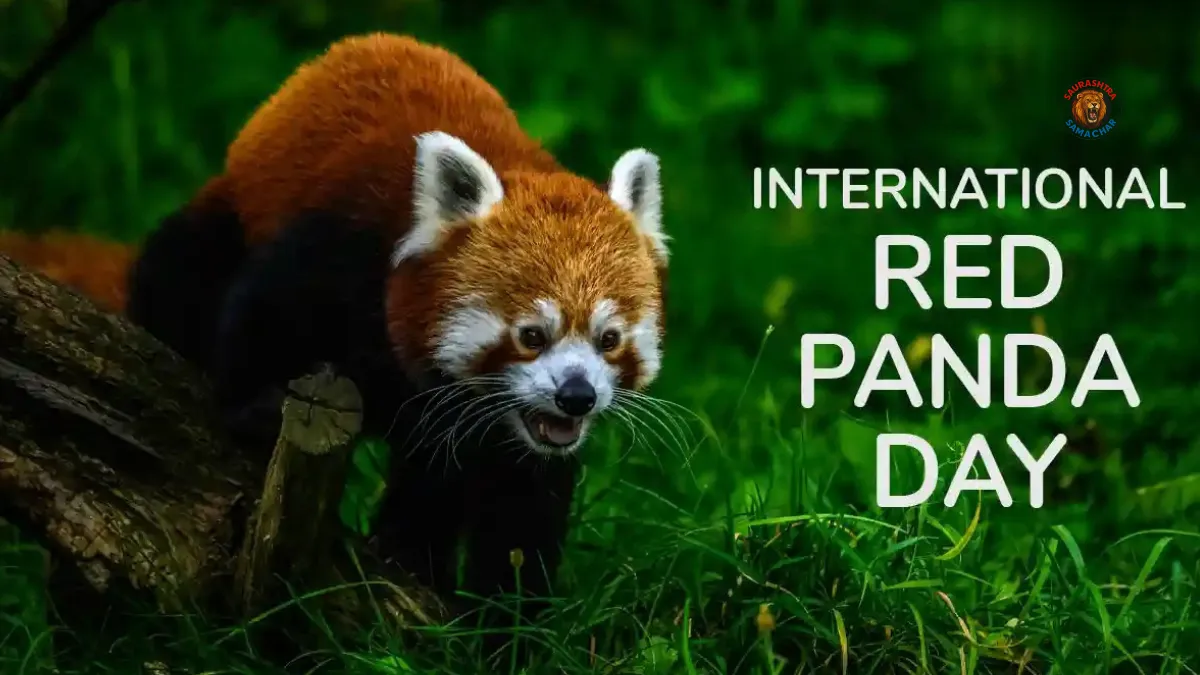World Lion Day 2025 is a global call to action for protecting one of the planet’s most iconic big cats—the lion. This annual event reminds us of the urgent need to safeguard the species from the threats of shrinking habitats, poaching, and growing human-wildlife conflicts. Lions are not just apex predators; they are cultural symbols that have captured the human imagination for centuries.
In India, the lion’s story runs deep in history. From the stone-carved lions of ancient empires to the living lions of Gujarat’s Gir Forest, these majestic animals have stood as emblems of power and authority. Nowhere was this symbolism more alive than during the reign of the Mughal emperors, who saw Panthera leo as the ultimate quarry and the truest symbol of kingship.
The Lion in Mughal Culture
The Mughals, rulers of most of the Indian subcontinent between 1526 and 1858, were heirs to the Turko-Persian tradition. In Persian heritage, the lion represented strength, justice, and divine protection. The famous “Lion and Sun” emblem—used by Persian shahs—was also adopted by the Mughals, appearing on imperial banners.
For these emperors, hunting a lion was not casual entertainment—it was a privilege of royalty. Only the emperor and princes could hunt lions without special permission. A lion hunt was considered a mark of courage and dominance over the natural world, as well as an auspicious act before going into battle.
Hunting as Power and Politics
Historian Ebba Koch notes that the first six Mughal emperors—the “Great Mughals”—were all devoted hunters. Hunting, or shikar, had many layers of meaning. It was recreation, yes, but also a political performance.
Royal hunts projected the emperor’s power, reassured allies, and intimidated rivals. Hunting expeditions were often conducted near regions where rebellion was feared, reminding local rulers of the emperor’s reach. These events also built camaraderie with Rajput nobles, who shared the warrior ethos and valued hunting as a noble skill.
Vast Wild Lands of the Mughal Era
In the 16th and 17th centuries, large parts of North India were still covered in forests, scrublands, and grasslands. In 1608, the province of Agra had less than 30% cultivated land, leaving extensive areas for wildlife. Rainfall patterns then were often more favorable than today, supporting richer vegetation and more abundant prey species.
The Mughal emperors were highly mobile, moving between capitals—Agra, Delhi, and Lahore—as well as seasonal retreats like Kashmir, Ajmer, and the Deccan. Along these routes, they maintained hunting grounds in places such as Rupbas, Bari, Bhatinda, Sunam, Jodhpur, and Merta.
The Lion: The Ultimate Royal Trophy
The lion held unmatched prestige among the Mughal game animals. French traveler François Bernier observed that lion hunting was reserved for the highest ranks of the empire. In the Mughal worldview, the lion was the “Badshah” of animals—a ruler of the wild—mirroring the emperor’s own role over his subjects.
Such hunts were often staged before military campaigns, believed to bring good fortune and symbolize victory.
Famous Royal Hunts
The Mughal chronicles and traveler accounts preserve many dramatic stories:
- Akbar’s Encounters
In 1562, Akbar encountered a pride of seven lions near Mathura, capturing one alive and killing the rest. Six years later, near Ajmer, he met two lions traveling together—likely a male coalition similar to those still found in Gujarat’s Gir Forest today. - Jahangir’s Record-Breaker
Jahangir, Akbar’s son, was an enthusiastic hunter. In 1623 near Agra, he shot a massive male lion weighing 255 kilograms and measuring over nine feet long—the largest ever recorded in India. He ordered a painting of his prize, though it has since been lost.
Jahangir also survived a near-fatal hunt in 1610 when a lioness attacked after killing a cow. Knocked to the ground, he was saved by Rajput noble Anup Rai, an act celebrated in paintings of the era.
Hunting Lone Males and Prides
The Mughals hunted every type of lion group—solitary males, coalitions, and full prides. To them, the challenge and danger made the hunt more honorable. A successful kill was both a personal achievement and a public display of imperial strength.
Decline of the Asiatic Lion
During the Mughal era, lions were widespread across North India and remained abundant into the early 19th century. However, the arrival of the British East India Company marked the beginning of a severe decline.
By the late 1800s, uncontrolled hunting and habitat destruction left lions surviving only in the Kathiawar Peninsula of Gujarat. Even minimal hunting at that stage was enough to endanger the small, fragmented population.
Lions in India Today
On World Lion Day 2025, the Asiatic lion is both a symbol of survival and a reminder of fragility. Today, it lives only in Gujarat’s Gir Forest and surrounding areas. Thanks to conservation efforts, their numbers have slowly increased, but threats remain:
- Shrinking habitat from farms and urban expansion
- Conflict with local communities when lions approach villages
- Poaching for skins and body parts
- Vulnerability to disease due to small population size
Wildlife organizations, the Gujarat Forest Department, and global conservation partners continue to work to protect this endangered subspecies.
Also read: Vantara Elephant News: A New Chapter in India’s Wildlife Conservation Efforts
The Modern Meaning of World Lion Day
World Lion Day isn’t just a celebration of the lion’s beauty—it’s a commitment to its future. Lions play a critical ecological role as apex predators, maintaining healthy prey populations and balanced ecosystems.
For India, the lion is also a cultural treasure, from its role in Mughal hunts to its presence on the Ashoka Pillar—the national emblem of India.
Also read: Madhuri Elephant News: The Heartfelt Story of an Iconic Elephant
From Royal Hunts to Protection
The Mughals saw the lion as a trophy that demonstrated imperial strength. Today, we must see the lion as a living heritage that deserves our protection. On World Lion Day 2025, the true act of honor is not the hunt, but the safeguarding of this magnificent species for generations to come.
By supporting conservation projects, protecting habitats, and promoting coexistence between humans and wildlife, we can ensure the lion’s roar continues to echo in the landscapes of India and beyond.














